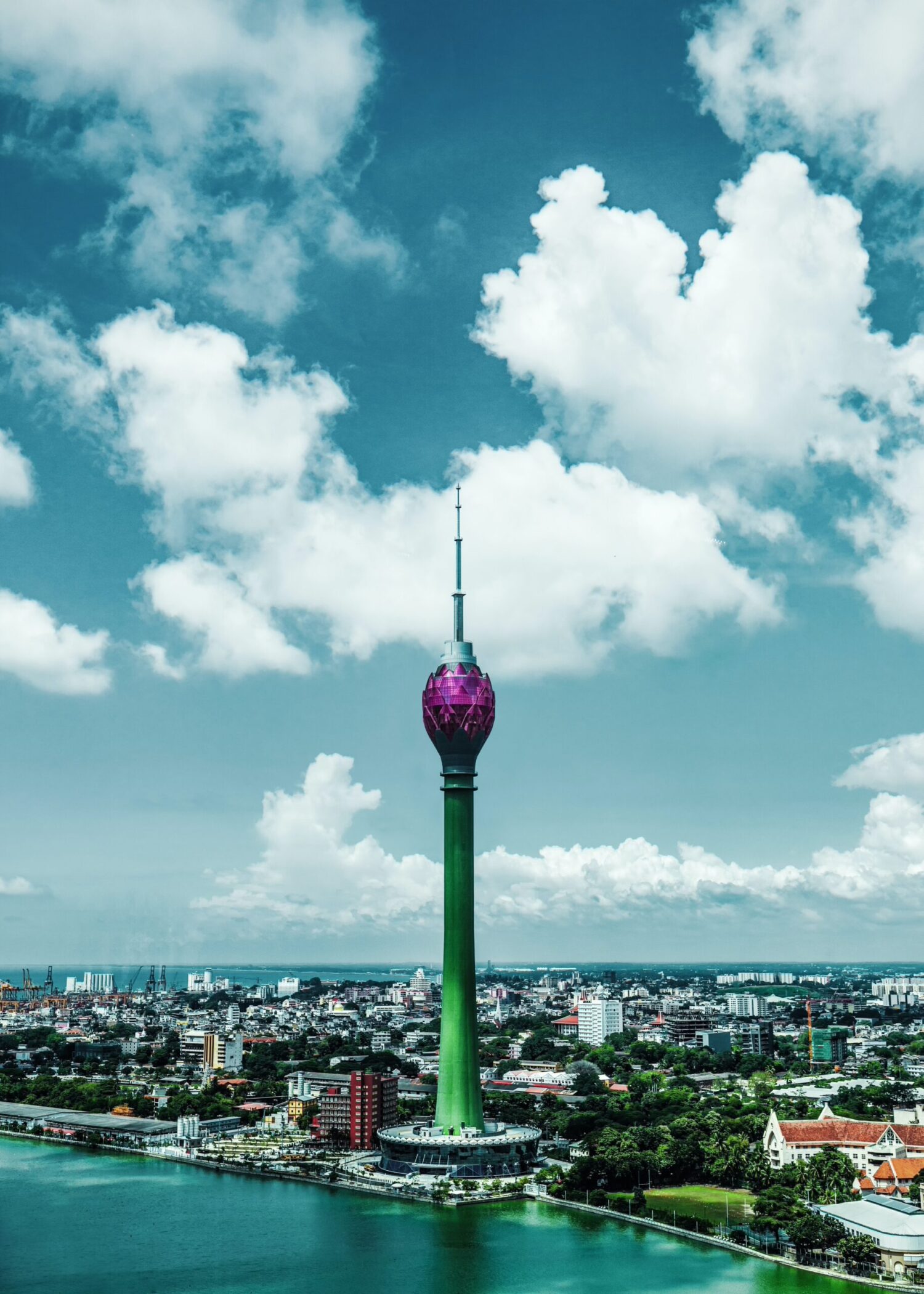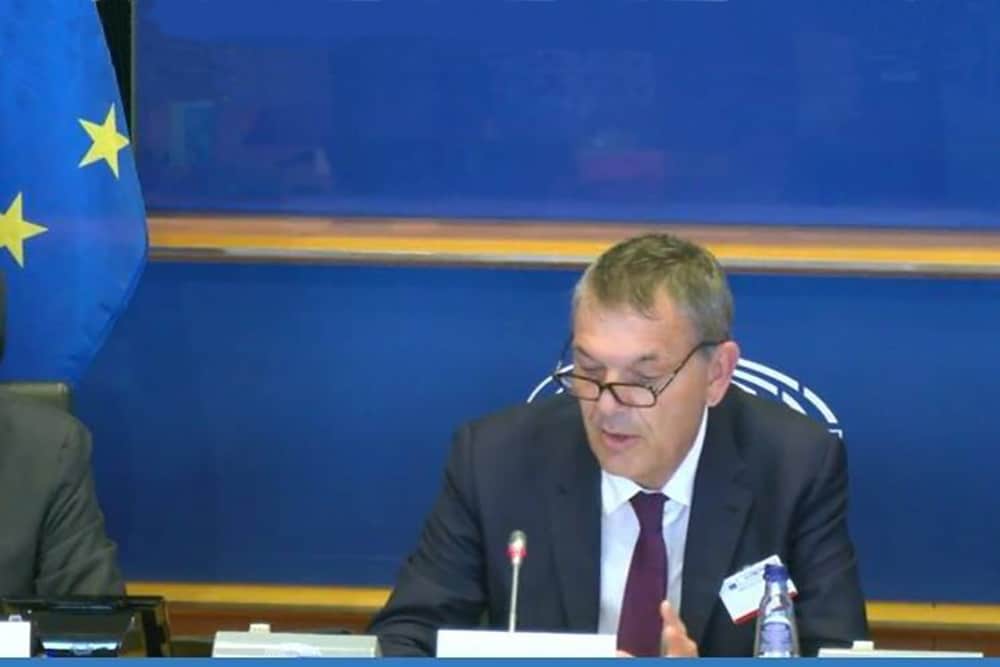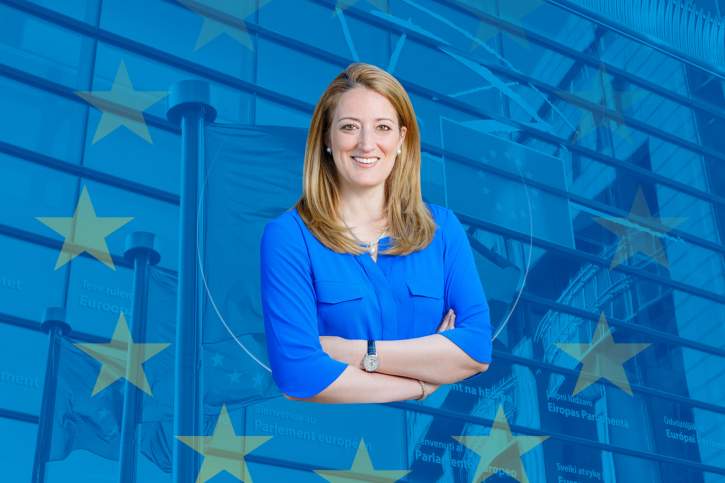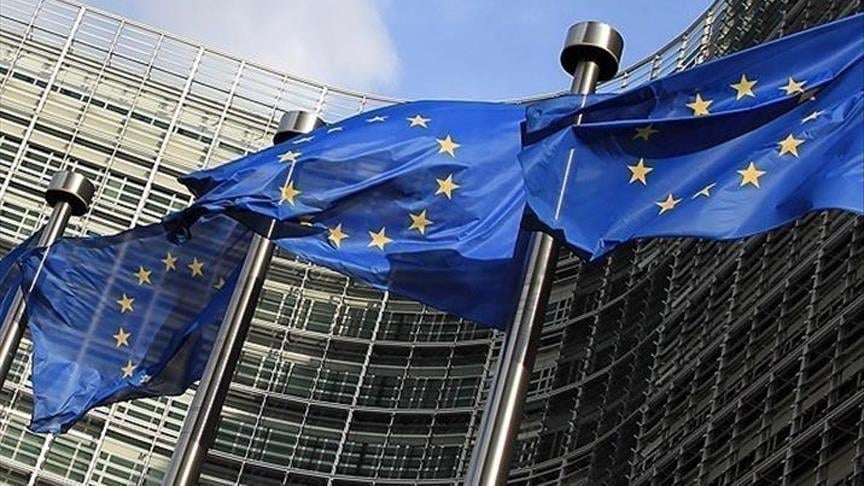He abolished its previous governing bodies and appointed an interim Sovereign Council
After years of controversy, Pope Francis took control of the Order of Malta today, removing its previous governing bodies and appointing an interim Sovereign Council, reported AFP.
In a decree published by the Vatican, the pope announced that he had promulgated the order’s “new Constitutional Charter” and it “came into effect immediately.” Francis ordered “the recall of all appointees to high posts, the dissolution of the current Sovereign Council and the creation of a temporary Sovereign Council” with 13 members already appointed by him personally. The latter must organize an extraordinary General Chapter (general meeting, note AFP) in January, which will implement all the Pope’s decisions, the decree specifies.
The Order of Malta, founded in Jerusalem and recognized by the Pope in 1113, is both a state-like entity without territory based in Rome, a religious order and an influential charitable organization. Today, it counts 13,500 knights, among them fifty clergy, who carry out its medical and humanitarian activities with the help of over 100,000 employees and volunteers working in 120 countries.
The crisis in the order itself and in its relations with the Vatican began with a disruption in the leadership of the organization in 2016, when the Grand Master of the Order of Malta – its head – demanded the resignation of its Grand Chancellor. Some knights of the order objected and demanded that the Pope intervene. Francis sent a commission of inquiry and obtained the resignation of the Grand Master; all decisions of the latter were annulled. The Pope appointed his special delegate to the Order of Malta, after which extensive reform of the organization’s Constitutional Charter began to be prepared.
Difficult discussions developed over the issue of the sovereignty of the Order of Malta. The draft reform of the Constitutional Charter, prepared by the papal delegate, provided for the order to be “subject of the Holy See”, that is, of the Vatican, but the knights did not agree because of fears that the order would not be reduced to the scale of a “spiritual association”.
In his decree, Pope Francis recalled a decision made in 1953 by the Court of Cardinals, according to which “the prerogatives of the Order (. . .) do not represent the totality of prerogatives and power rights that sovereign states have.”
“Accordingly, as a spiritual order, it (. . .) is subordinate to the Holy See,” concludes Pope Francis.
Photo by MART PRODUCTION:
















